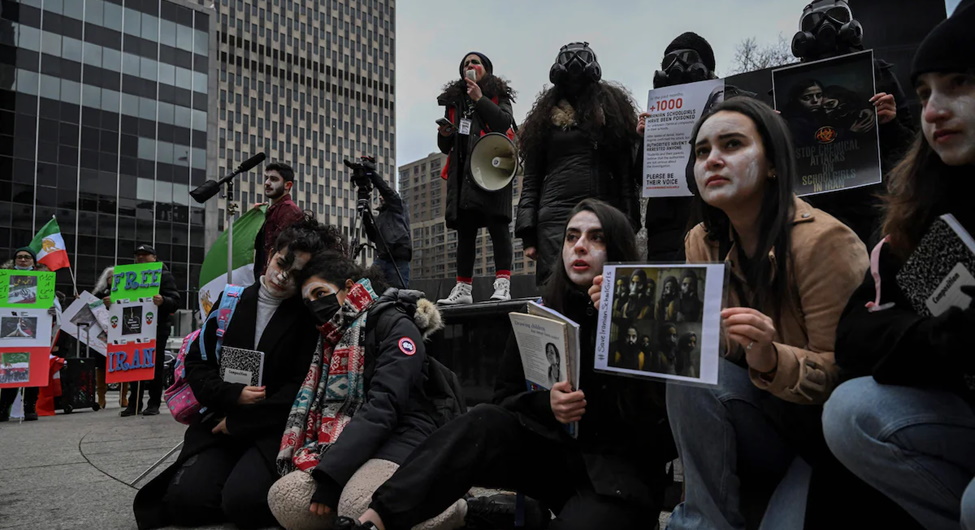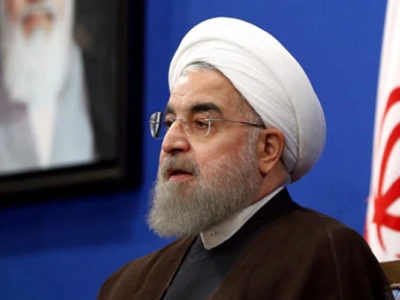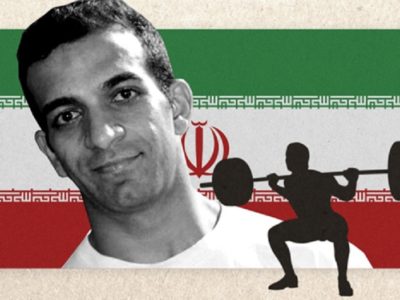The Washington Post | Babak Dehghanpisheh | April 26, 2023
It was 10:30 a.m. on a Tuesday when the teacher began receiving frantic calls. There had been a gas attack on the girls elementary school where she taught, in the Kurdish region of western Iran.
She had not been in class that April morning but rushed to the school and found a chaotic scene: Students and a few of her fellow teachers were having difficulty breathing and said their eyes were burning. Some of the teachers had been beaten by furious parents and were crying, she said. Agents from the Ministry of Intelligence had arrived to investigate.
The teacher spoke to The Washington Post on the condition that her name and the location of her school not be revealed, fearing retaliation from the government.
In recent months across Iran, about 300 suspected gas attacks have hit more than 100 girls schools, according to Amnesty International. Deputy Health Minister Saeed Karimi said last month that 13,000 students had been treated for symptoms of suspected poisoning, according to the Shargh daily newspaper. No deaths were reported.
The attacks began in November in the holy city of Qom. A lull occurred when schools were closed for Nowruz, the Iranian new year, in late March. But the attacks appear to have picked up again over the past couple of weeks as schools reopened, sparking widespread panic and confusion.
“The parents are really scared, and a lot of them won’t send their kids to school anymore,” the teacher said in a telephone interview. “Some parents have said they are willing to have their child held back a year at school just to keep them out of danger.”
Iran’s supreme leader, Ayatollah Ali Khamenei, said in early March that those behind the attacks must be brought to justice. Soon after, the Ministry of Interior announced that more than 100 people in 11 provinces had been arrested. “Among those arrested are individuals with hostile motives with the goal of creating fear and panic among the people and students and to close schools and create a negative view toward the authorities,” the ministry said in a statement in the publication Hamshahri.
No charges appear to have been filed against those arrested.
The head of the Iranian parliament’s education committee, Alireza Monadi, said last month that tests conducted by the Ministry of Health had detected nitrogen gas in schools in Qom. But there has been no official government statement identifying what gas or gases may have been used.
“These have been very organized and coordinated attacks. It can’t be random people doing that,” said Mahmood Amiry-Moghaddam, the director of the Norway-based organization Iran Human Rights. “It’s either groups with the blessing of the authorities or forces within the authorities.”
A spokesman for Iran’s mission to the United Nations in New York did not respond to a request for comment.
The teacher in the Kurdish region said her colleagues reported smelling bleach and rotten fruit before falling ill. After the suspected attacks, schoolgirls have been hospitalized with symptoms including heart palpitations, vomiting and numbness in their limbs, according to Amnesty.
Two weeks ago, a 65-year-old man took his elderly mother to a hospital in the northeast city of Mashhad and found the lobby filled with about a dozen schoolgirls who he said were coughing and panting. He filmed the scene on his phone and shared the video with The Post.
The man said in an interview that he talked to one of the girls, who described sitting in class when she smelled something like sewage before feeling dizzy and short of breath.
Women and girls have been at the forefront of the anti-government uprising that erupted in September after 22-year-old Mahsa Amini was arrested for allegedly violating the country’s strict laws on female dress and died in the custody of Iran’s “morality police.”
As the protests spread, hundreds of girls took off their headscarves at school and chanted anti-government slogans. In one video widely shared on social media in October, dozens of schoolgirls, many of them without the hijab, confronted a Ministry of Education official in the city of Karaj and chased him off the campus.
Women burning their headscarves became a defining image of the demonstrations, which have died down in recent weeks amid an increasingly brutal government crackdown. At least 530 people have been killed by security forces and nearly 20,000 detained, according to the Human Rights Activists News Agency. But some women and girls continue to protest the hijab law more casually — refusing to cover themselves in public while going about their daily activities.
“The issue of hijab and women is an Achilles’ heel for the leaders of the Islamic republic,” Mohammad Habibi, a spokesman for the Iranian Teachers’ Trade Association, told The Post in an interview from Tehran last month.
“The setting aside of forced hijab and the visibility of this at the social level was definitely not acceptable for the authorities, especially religious and extremist elements,” he added. “They could not accept this open social atmosphere.”
Habibi was arrested on April 5 and taken to Evin prison, his wife Khadijeh Pakzamir tweeted. On April 11, she tweeted that phone communication with him had been cut off.
Organized attacks against women have happened before in Iran. In 2014, at least four women were sprayed in the face with acid in the city of Isfahan in what many suspected was a campaign by religious extremists to enforce conservative dress codes. At the time, the government came under similar criticism for not pursuing the case more aggressively. Although arrests were made, no one was charged in the attacks.
The government has tried to point to other possible causes for the illnesses at girls schools, according to activists and health-care workers. Official meetings have been organized at hospitals to inform medical personnel about the Ministry of Health’s protocols for dealing with suspected poisoning cases.
Doctors have been told they should console the victims and their families and tell them it is a stress-related issue, a psychiatrist who attended two recent meetings at a hospital in northern Mazandaran province said in an interview. They also spoke to The Post on the condition of anonymity, fearing backlash from the authorities.
The World Health Organization told The Post that it “has offered support to [Iran’s] Ministry of Health in the management of these events from a public health perspective” and that an expert team “is on standby for deployment should this be requested.”
The teacher at the elementary school in the Kurdish region said that two of her colleagues were hospitalized after the suspected gas attack. She said one of them told her last week that she was still experiencing terrible headaches and numbness in her hands and feet.
Intelligence agents have returned to the school several times, she said, interviewing administrators and confiscating CCTV footage. The principal of the school told her that agents appeared to be looking for footage of parents, some of whom chanted anti-government slogans and argued with them.
“Many people suspect the government is responsible,” said the teacher. “They say that the government is trying to discourage girls from coming to school or that the government doesn’t want the ‘woman, life, freedom’ movement to start up again.”
Panic spreads in Iran after new suspected poison attacks on girls schools









